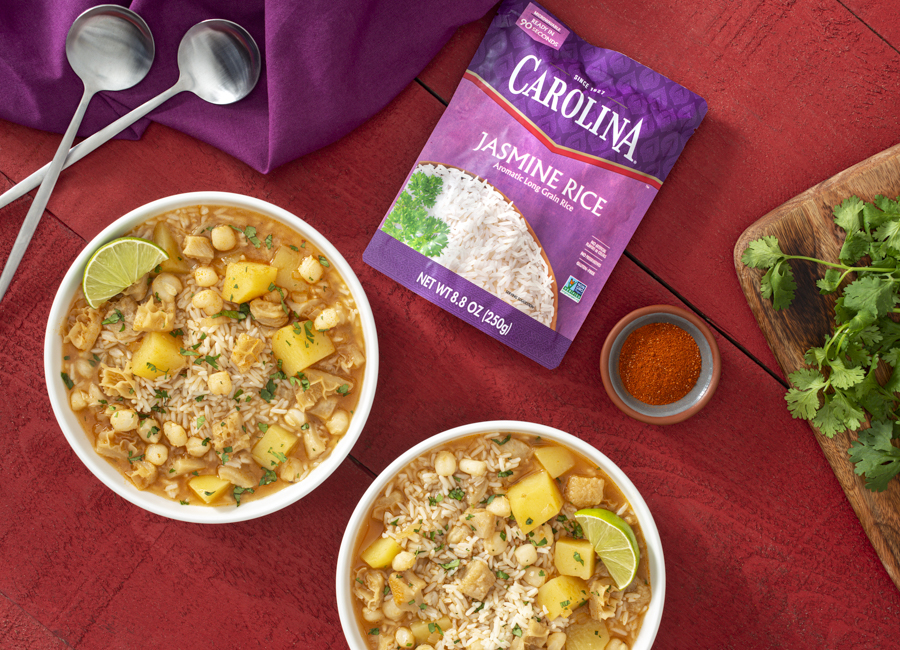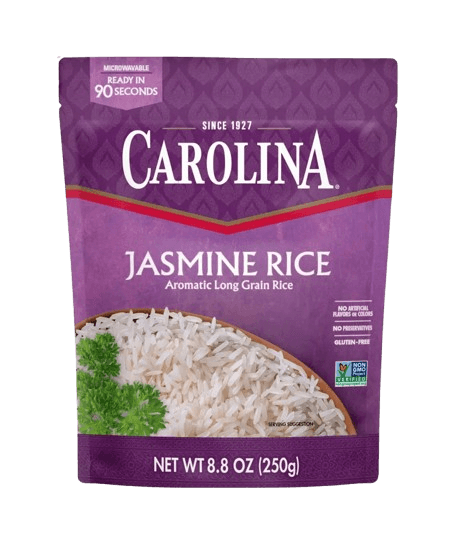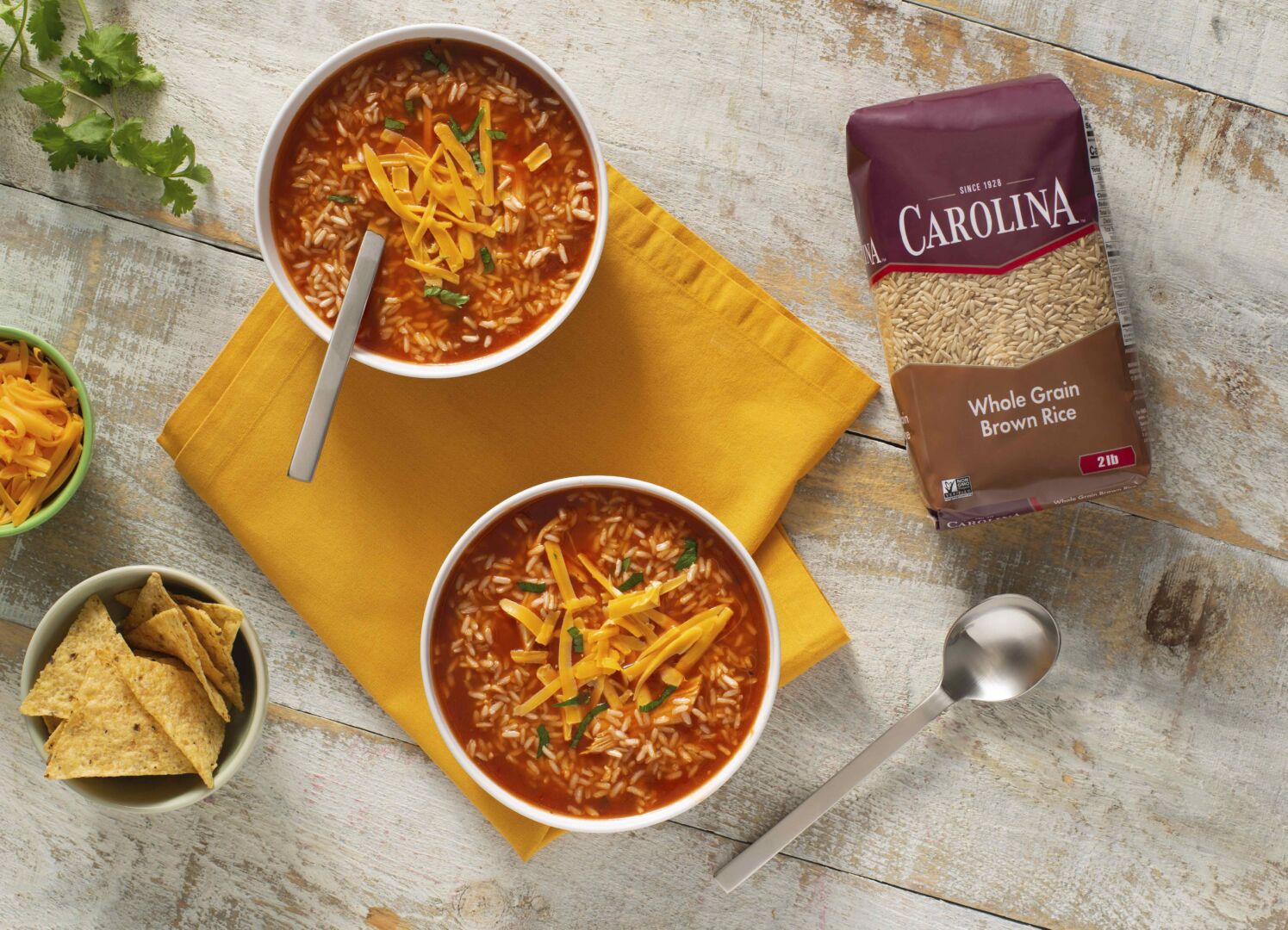
Mexican Menudo
Instructions
This spicy Mexican tripe stew is a family favorite from generation to generation.
Step 1
Rinse tripe under cold water and cut into 1-inch pieces. Transfer to large saucepan.
Step 2
Add 8 cups water and salt to large saucepan and set over high heat. Bring to a boil. Cover, reduce heat to low and simmer, stirring occasionally, for 2 hours or until tripe is tender and just slightly chewy. Drain.
Step 3
In another large saucepan set over medium heat, add oil. Add onion and garlic; cook, stirring occasionally, for 3 to 5 minutes or until starting to soften. Stir in hominy, broth, potatoes and enchilada sauce; bring to a boil. Stir in tripe. Bring back to a boil. Reduce heat to medium-low; simmer, stirring occasionally, for 40 to 45 minutes or until tripe is very tender.
Step 4
Meanwhile, prepare rice according to package directions.
Step 5
Serve tripe with rice. Garnish with cilantro.
Recipe Tip
Serve menudo also with diced chopped onion, squeeze lime juice and hot sauce if desired.
Tripe Definition
Tripe is the edible muscle lining from the stomach of farm animals, such as cows, pigs, and sheep. Although it is not very popular, most countries have their own traditional way of cooking it. This ranges from tripe stews in China to Haggis, the well known but commonly avoided dish in Scotland. Tripe is certainly an acquired taste, with its chewy texture and a rather bland flavor.
Did you know that beef tripe has four different varieties? Each one comes from a different stomach chamber within the cow. Blanket tripe comes from the first stomach chamber and is generally considered to be the worst type of tripe. Honeycomb tripe is taken from the second chamber and has a meatier flavor. This makes it the most commonly used beef tripe in recipes.
In the third chamber you can find Bible tripe. It offers a balance between the previous two types of tripe and is ideal for making sausages and other recipes where the texture is not that important. The tripe found in the fourth chamber, abomasum tripe, is the most flavorful, making it ideal for dishes where tripe is one of the main ingredients.
Cooking Tripe Tips
You must prepare the tripe properly before you start actually cooking with it. A good butcher will have already done this, but it is worth double-checking.
The first thing you are going to want to do is to trim off any inedible parts. You then need to rinse your tripe in cold water, as this helps to remove any grit or impurities from the meat. Repeat this step until you see that the surface of the meat is clean.
The next step is to place your tripe in a pan with cold water and allow it to reach a boil slowly. This ensures that all impurities have been removed from the meat and that it is safe to eat.
How does Tripe Taste
Tripe contains little fat and most of its flavor comes from the surrounding organs, giving it a mild liver-like flavor. Tripe is mostly valued for its chewy texture—it is made up of smooth muscle and lots of connective tissue. If undercooked, tripe can be quite tough.
Mexican Cuisine Recipe Ideas
Menudo is a delicious traditional stew from Mexico. If you enjoy Mexican cuisine Carolina® Rice has got you covered. If you want rice dinner ideas try this: Traditional Mexican Rice or Mexican Rice and Quinoa with Shrimp. If you are feeling up to it, try getting creative and make these Chorizo Rice Tamales and do not forget to add a delicious dessert like our Cajeta Rice Pudding.
If you enjoy Latin Food and culture click here for more delicious Carolina® Rice recipe ideas and fun facts.


 4-6
4-6  +2 hrs
+2 hrs 


